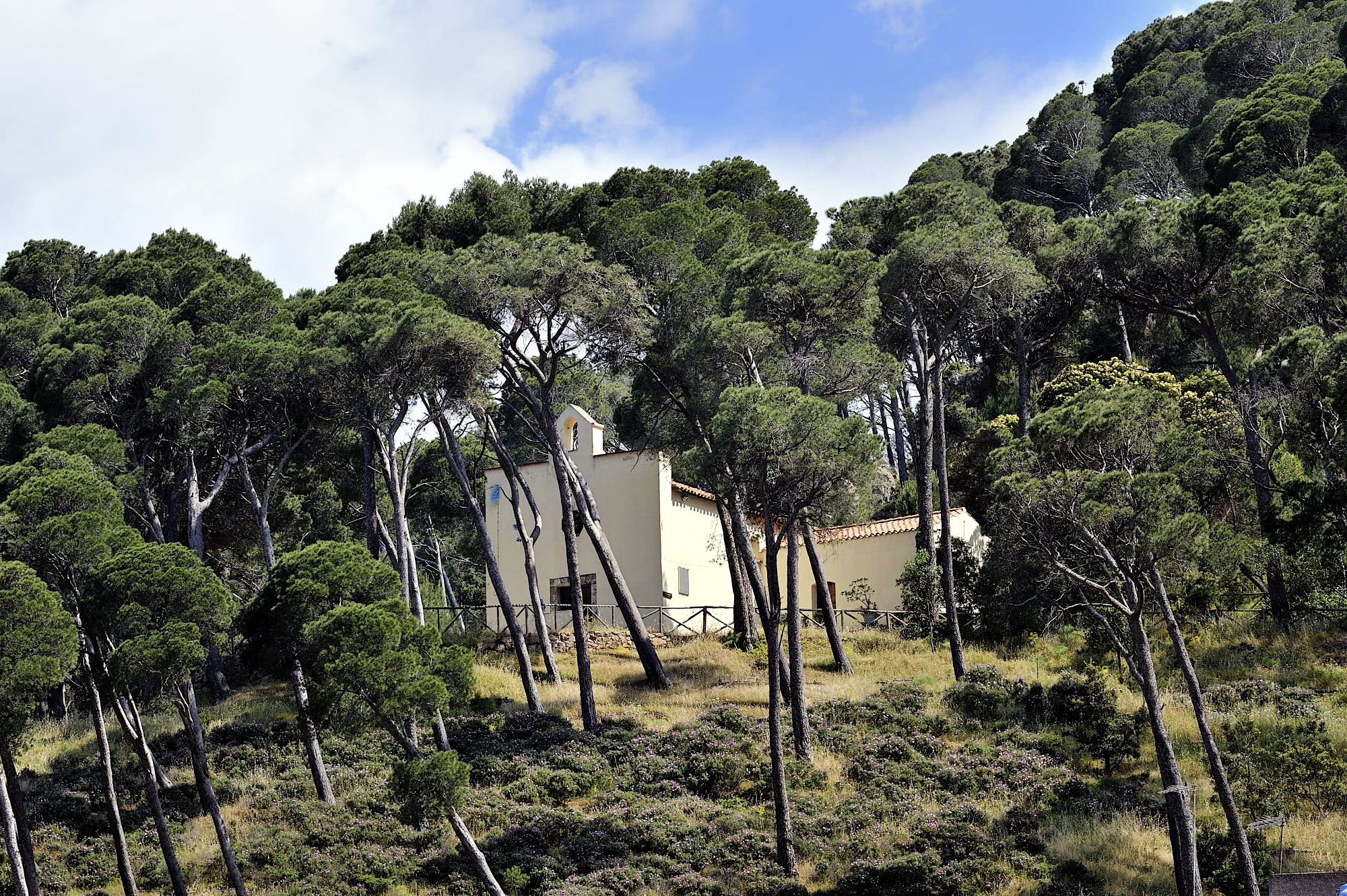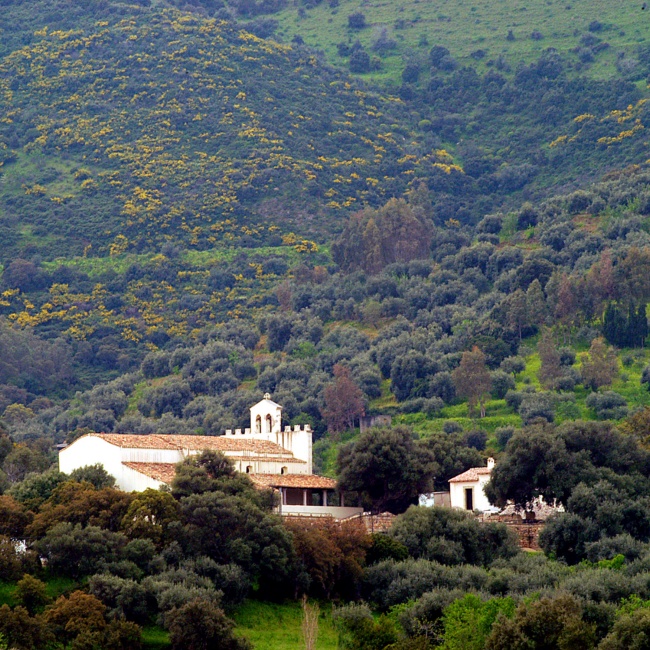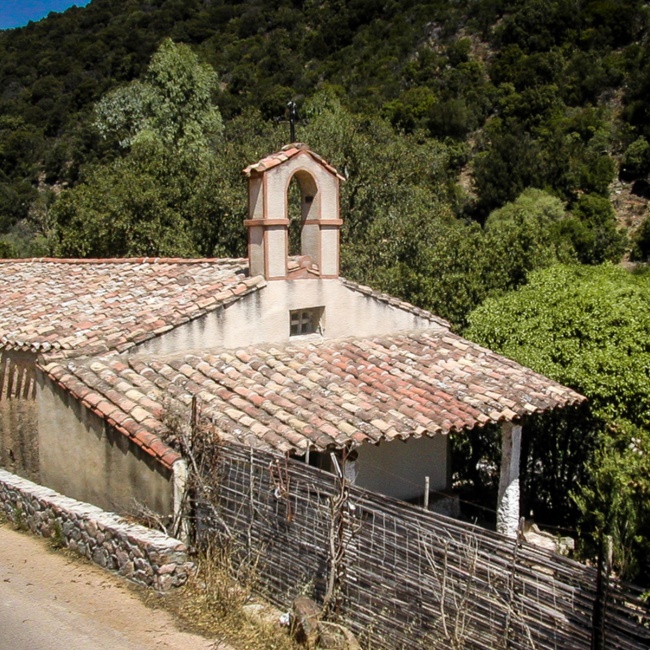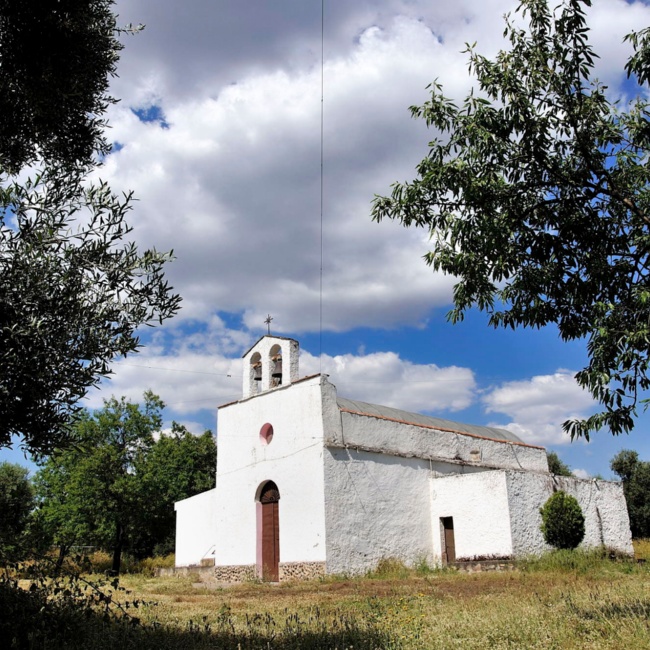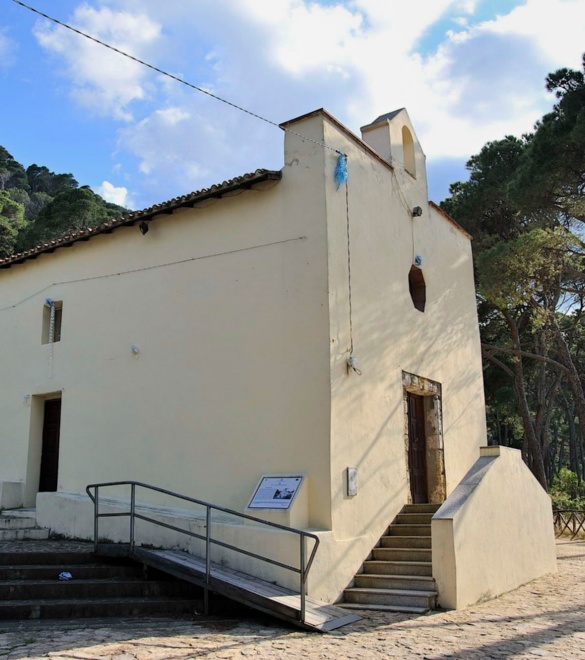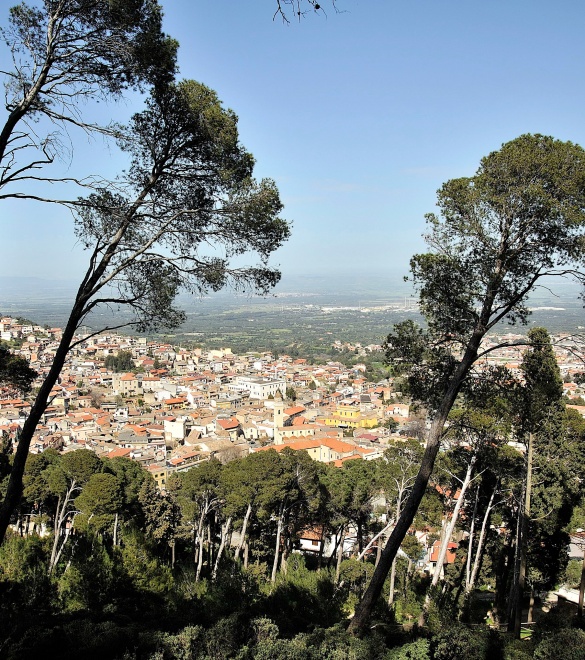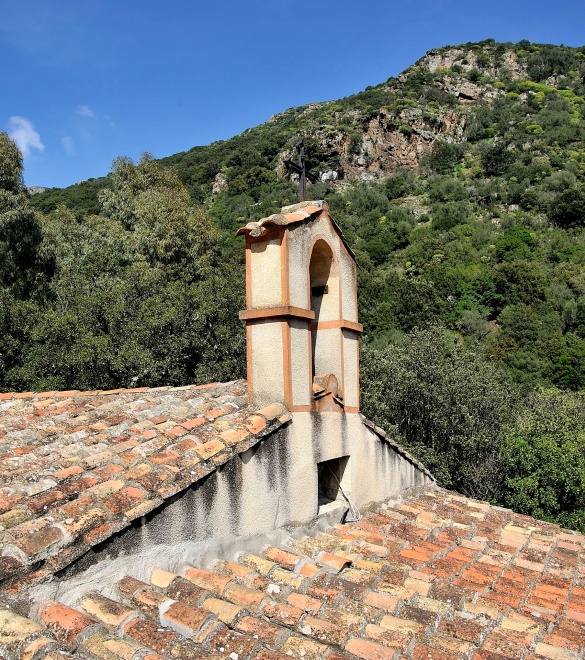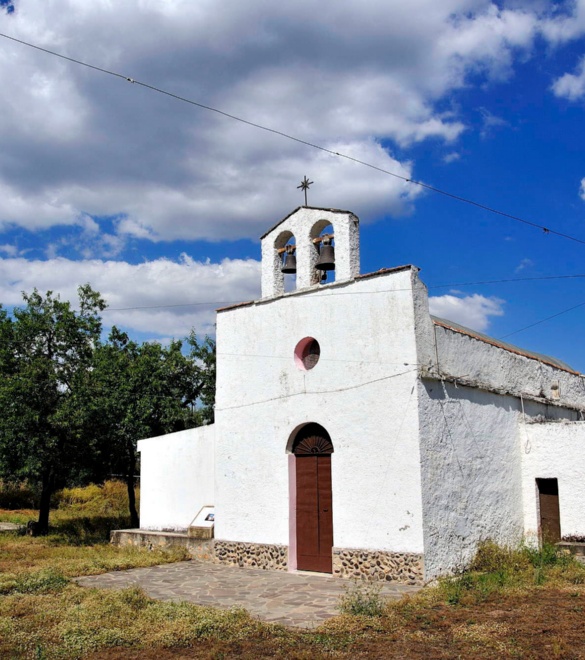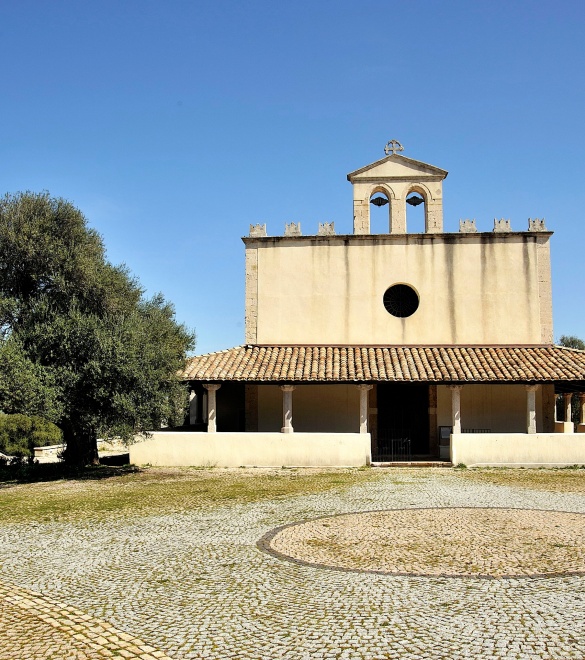Itinerary detail
Churches and nature
The combination of faith and nature accompanies and enriches a trip that leads to the discovery of ancient traditions and profound devotion.
With just a short ride in the car, it is possible to reach some of the most evocative places in the Villacidro area that are characterised by silence and a magical atmosphere, thanks to the presence of sanctuaries completely immersed in nature.
If arriving from Villasor, just before entering Villacidro, there is a small country chapel on the right dedicated to San Pietro pescatore (Saint Peter the fisherman). It is difficult to give this church a precise date, but several sources attest to the fact that in 1089, an order of Benedictine monks originating in Marseille, France were involved in the edification of a church dedicated to this saint in this very spot. The chapel was erected where the village of Leni once stood along the banks of the Leni river, and is now the only evidence of this village. It was renovated after having been set on fire in 1921 and now features a barrel vault. It has no furniture of great value.
Once the visitor has reached the town, we suggest a short walk from the piazza Lavatoio, through ancient alleys and narrow, uphill lanes to the chiesa del Carmine, church, built in the 17th century and immersed in the green of a pine grove that is centuries old. The little church is one of the town’s most evocative destinations for the beauty of its panoramic view. It livens up during the summer for the celebrations held in honour of the Virgin of Carmelo from 16 – 30 July. During this period, hundreds of pilgrims go to the chapel every day to pay homage to the image of the Madonna, pray and take in a pleasant, light summer breeze.
Visitors can then walk back down to the town from the pine grove, to get into their cars and continue their excursion towards the mountains. The church of San Sisinnio is only a few kilometres from town. It was built during the 11th and 12th centuries, immersed in the enchanted environment of an olive grove that is thousands of years old, the only one of its kind in Sardinia.
It would appear that the gnarled, twisted branches of these olive trees embrace and guard this ancient sanctuary. The enormous olive trees, the many legends about the saint, the music and chants for the occasion of the saint’s holiday, all contribute in making this place even more striking. To reach this area, enter via Garibaldi, the street in front of the Municipal Building. At the end of this street, turn left until reaching the crossroads for San Sisinnio.
Once the parco di San Sisinnio, (park) has been toured, continue to the hollow of Villascema: it is here that the country chapel dedicated to Saint Joseph stands, surrounded by numerous cherry orchards that beautify the entire valley with their intense colours. It was built by the request of a Spanish nobleman named Lucifero Piras, who had it built in 1744 on one of his properties. He specified in his last will and testament that the chapel was to be handed down from generation to generation with the condition that it would be open for the faithful during the Saint’s feast day in June. This commitment is honoured every year..
Route type:
walking, by automobile through the parks
Travel time:
full day
Geographic map
To be seen
Carmine Church
The small church dedicated to the Virgin Carmelo, built in the XVII century, is immersed in the green of the pine forest that rises above the high part of the town.
Pine Grove
A lovely, dense pine grove surrounds the upper portion of Villacidro, entirely covering the slopes of Monte Omo and Monte Cuccureddu upon which the town is positioned.
San Giuseppe Church
The construction of this church, dedicated to the craftsman San Giuseppe, patron of the carpenters, came was the will of a Spanish squire, called Lucifero Piras, who had it built in 1744 on his private territory.
San Pietro Church
The small country church dedicated to the fisherman S. Pietro, has remained, the only testament to the old and now lost Leni residence through out the centuries, a small farmers village that resided along the banks of the Leni River during Roman domination.
San Sisinnio Church
The numerous archaeological finds from the Nuragic and Roman ages found in the surroundings, however, testify that the site was a "magical" place and particularly suitable for religious celebrations since ancient times.
